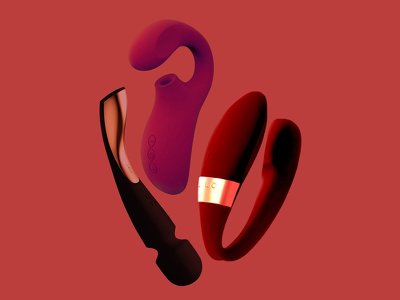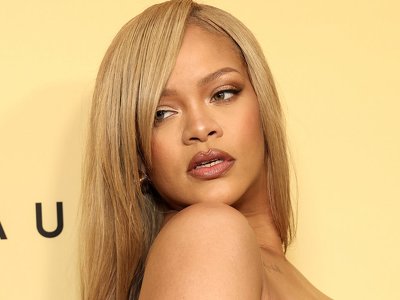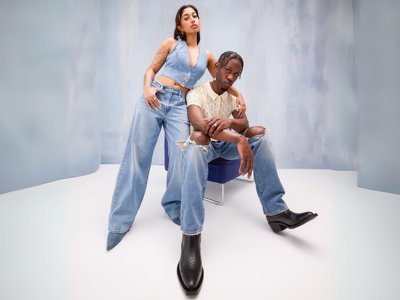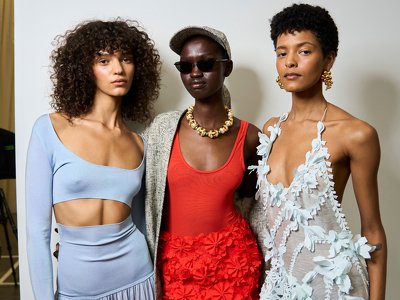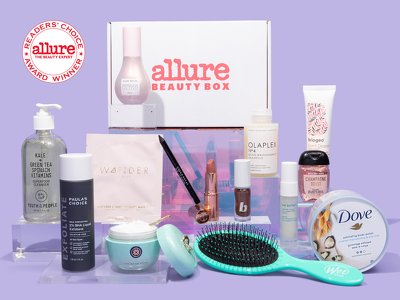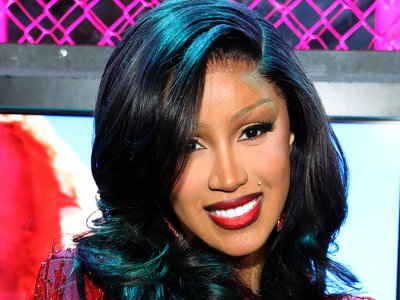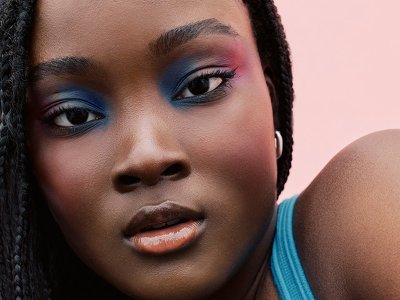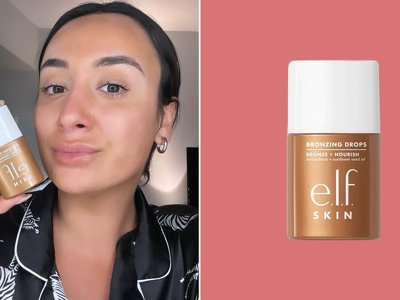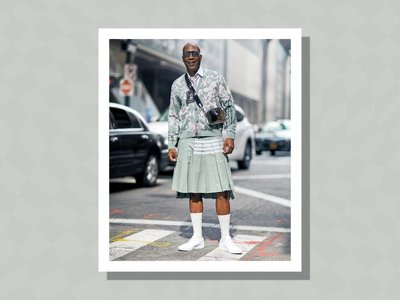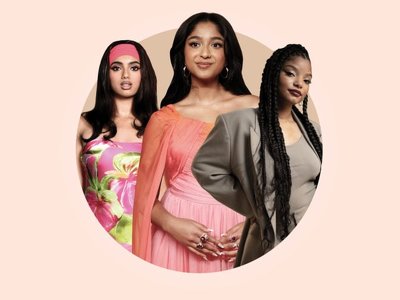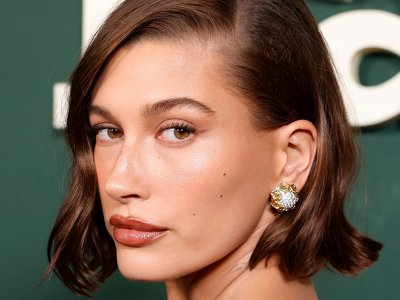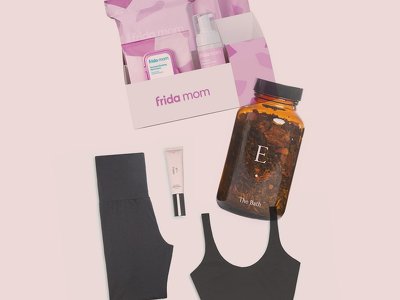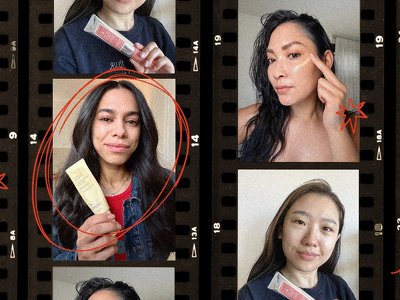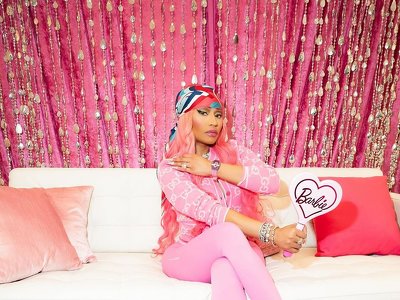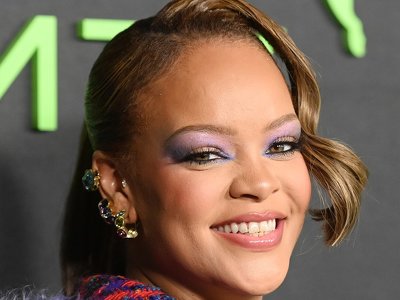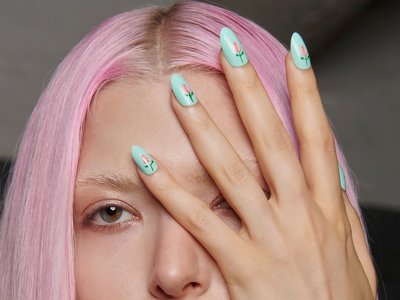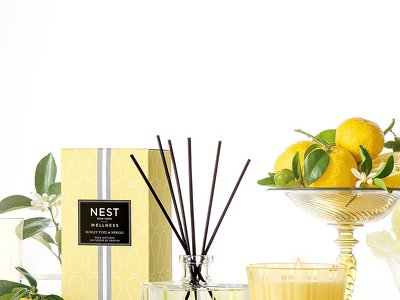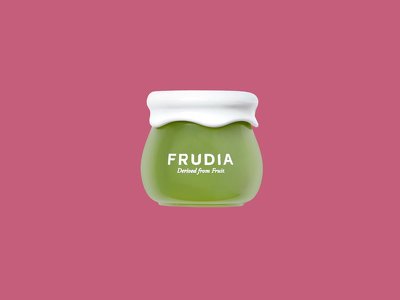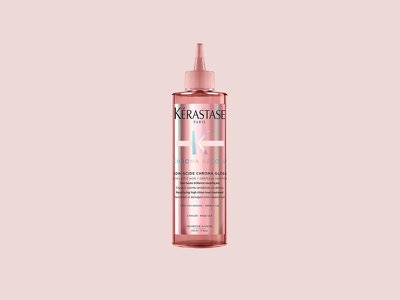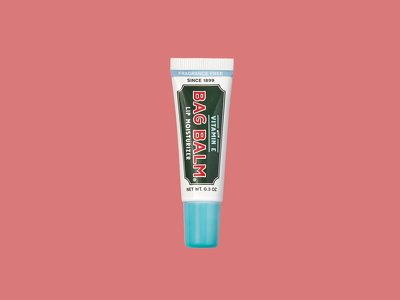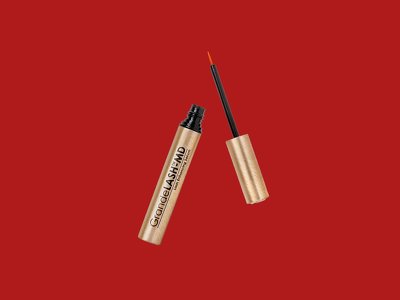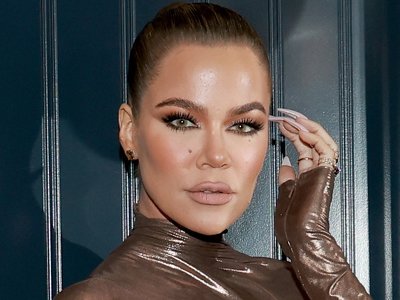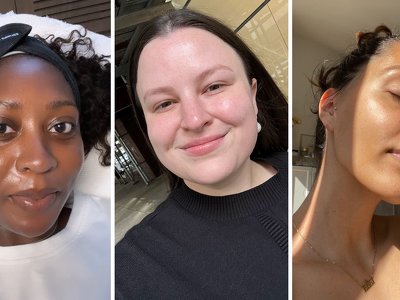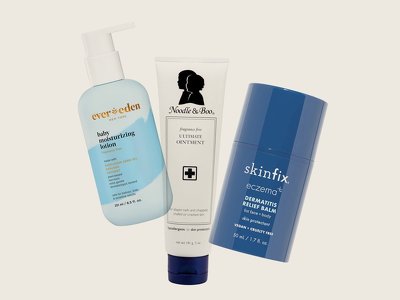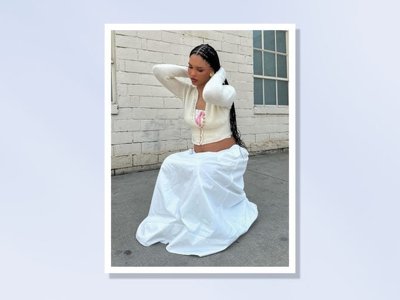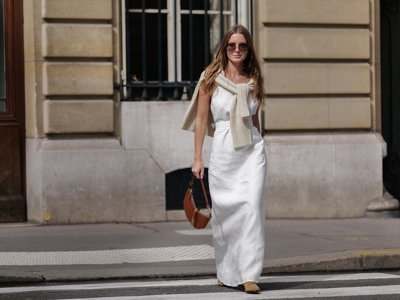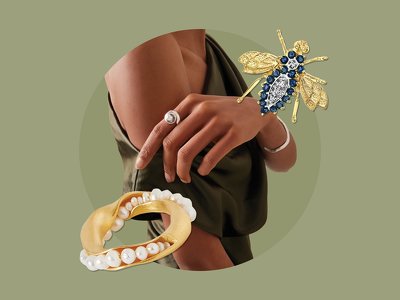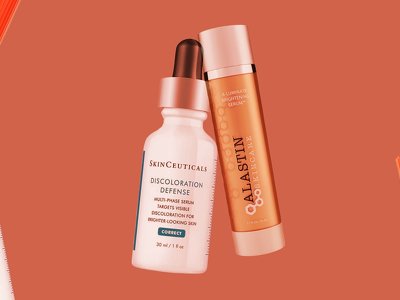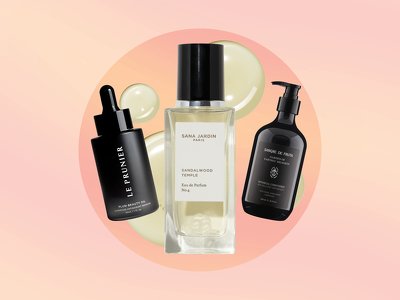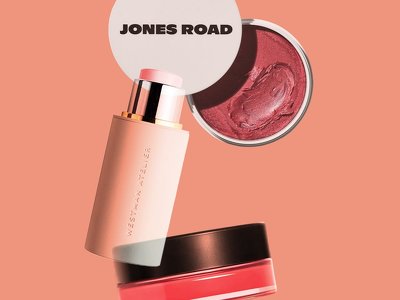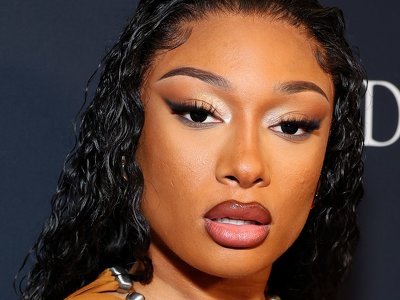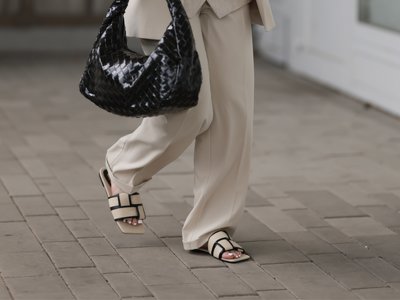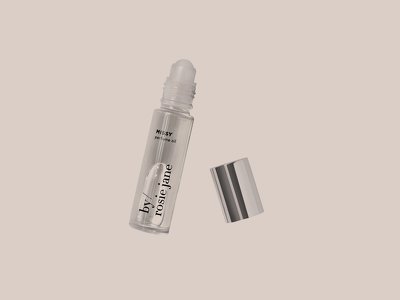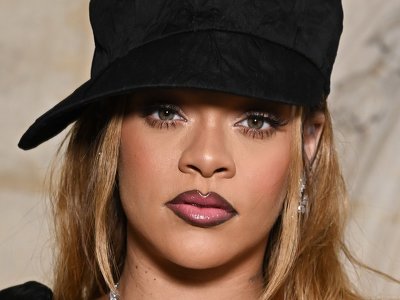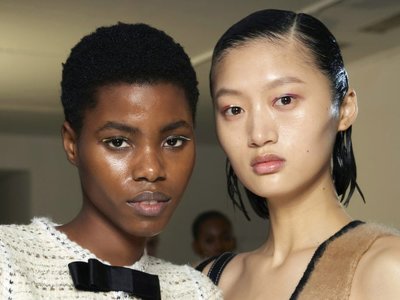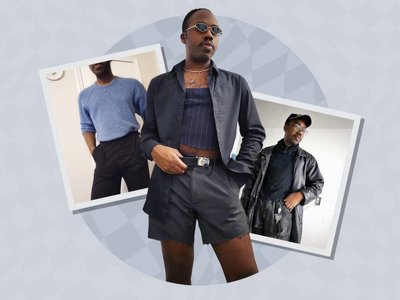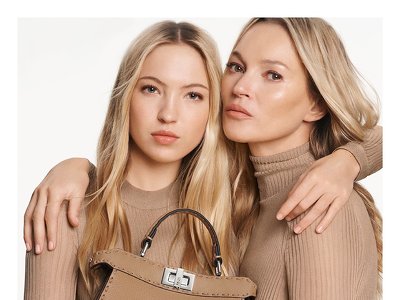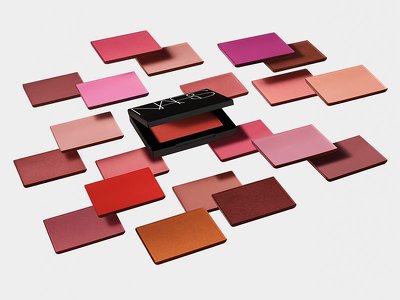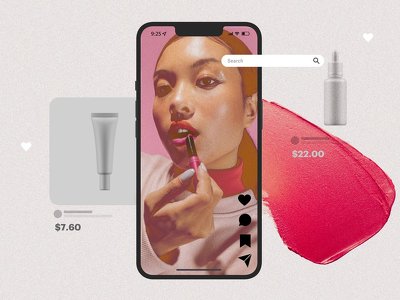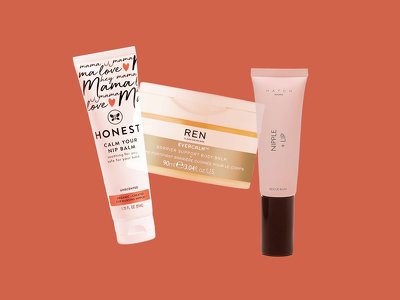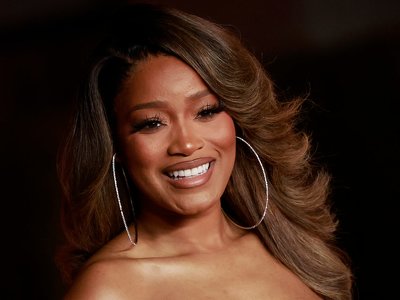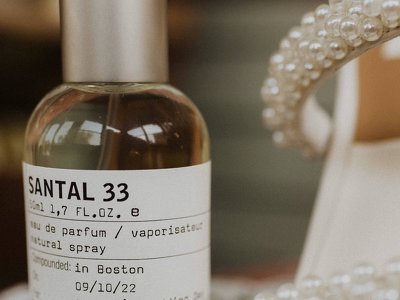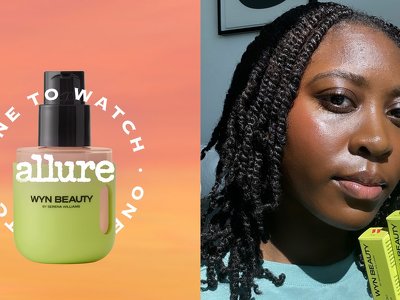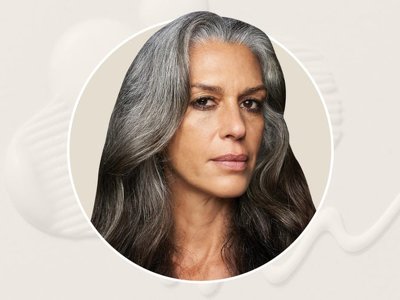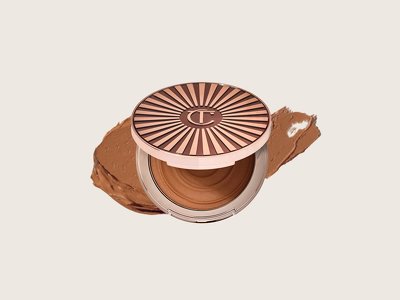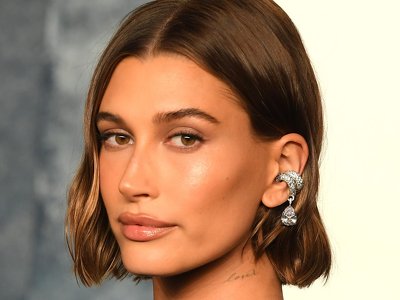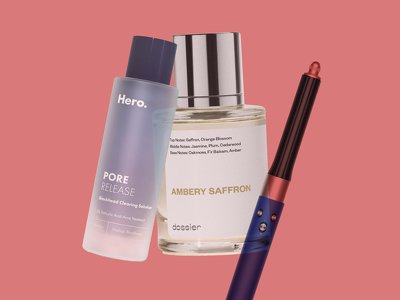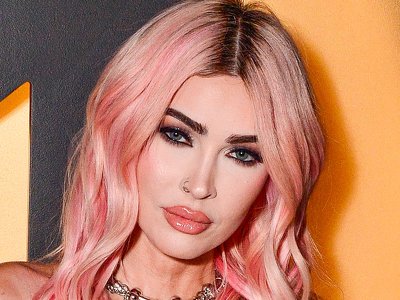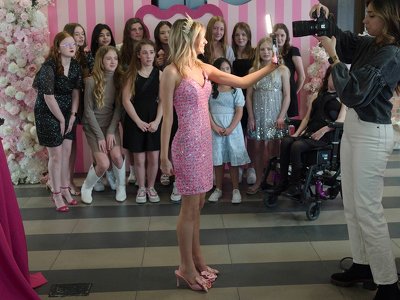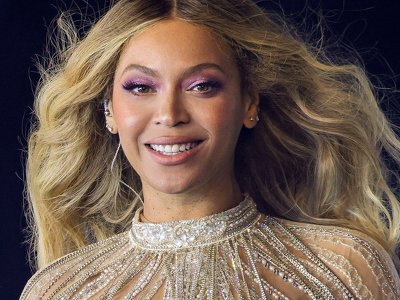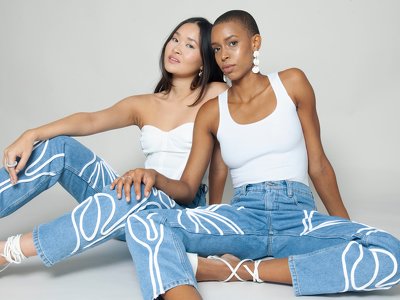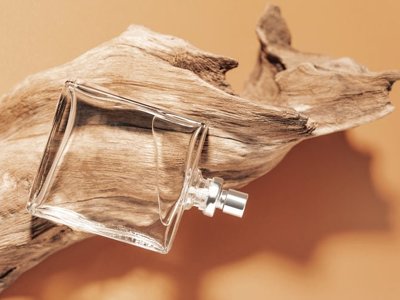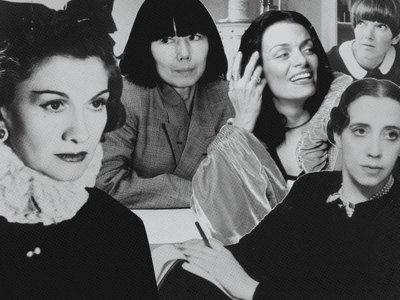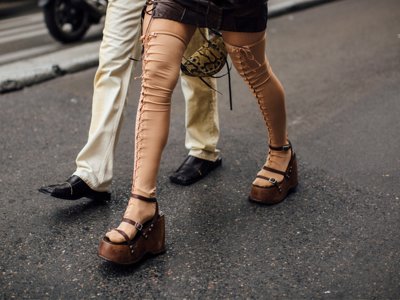This Hispanic Heritage Month, I Feel Less Represented in Beauty Than Ever

All products featured on Allure are independently selected by our editors. However, we may receive compensation from retailers and/or from purchases of products through these links.
Latinas are the biggest consumers in the beauty industry. With a population of 62.5 million in the US, we have an estimated buying power of $2.4 trillion (and that's up 87 percent in the past 10 years) and reports show we spend more on beauty overall than any other ethnic group. And yet, even during Hispanic Heritage Month, I can’t help but feel like the industry is hesitant to recognize us. As a result, I feel incredibly ignored.
Hispanic Heritage Month takes place from September 15 to October 15. The dates commemorate the independence of Costa Rica, El Salvador, Guatemala, Honduras, Nicaragua, Mexico, Chile, and Belize. Just like other heritage months, its purpose is to celebrate the rich histories and contributions of those communities. When it comes to beauty brands, this usually manifests in special limited-edition collections, ad campaigns, social media posts, special displays in stores, and more. Last year, my email inbox was flooded with invites to HHM events, details on brand new collections devoted to the month, and press releases highlighting Latine beauty brand founders. This year, all I found were crickets.
In all fairness, plenty of brands and retailers are still participating in the HHM festivities—but maybe not as loudly as they did in years past. Last year, for example, Sephora deployed a celebratory campaign across its social media accounts and brick-and-mortar stores called “Celebramos la Belleza de la Cultura.” It included empowering career panels, store events celebrating Hispanic culture, and a free recipe book created by Latine Sephora employees. This year, at the start of HHM, the company shouted out its resource group for Latine employees, its partnership with the Latine civil rights and advocacy group UnidosUs, and boasted its 37 percent Hispanic/Latine workforce. These mentions were paired with an illustration of the words “Tus raices son hermosas” (meaning “Your roots are beautiful”), which was only posted on the company's LinkedIn and the employee-dedicated Sephora Life Instagram page, which only has 69K followers. The only HHM mention made so far this year on Sephora’s primary Instagram, which has over 22 million followers, was an ‘80s Latine beauty tutorial featuring a mix of Latine-owned brands and non-Latine-owned brands. As of the time I’m writing this, its retail homepage makes no mention of the month or its Latine-owned offerings. (Sephora declined to comment on its HHM efforts to Allure for this story.)
"At a time when even my community’s language can make us targets, it's difficult to see the joy in beauty when beauty doesn't see the joy in us."
I believe it’s more crucial than ever for beauty companies to showcase support of Latine consumers, employees, and brand founders, not just in the monetary, behind-the-scenes kind of way but also in the loud-and-proud way. One without the other, to me, feels shallow. It’s one thing to quietly invest in a Latine brand or cause, but it’s another to use a big platform to bring real awareness. If a retailer, for example, makes internal efforts to support Latine causes during HHM, that’s great—but can you imagine if, on top of that, it also encouraged its customer base to donate to those causes alongside them? You could argue that companies risk ruffling some feathers among customers and investors by doing that, yes, but it doesn’t compare to the risk Latine people are facing by merely existing in public every single day right now.
Meanwhile, Latine brand founders themselves seem to be struggling to secure the financial support and investment they need, even during their month. One of the best HHM efforts I've witnessed this year is a collaborative limited-edition kit from Ceremonia, Maed Beauty, and La Voûte (an ode to the staple Latina look: slicked-back hair, red lips, and hoops). At the top of HHM, I attended a panel featuring the brands’ founders—Babba Rivera, Denise Vasi, and Adrienne Eliza Bailon-Houghton, respectively—who recalled struggles to secure sponsors for the campaign, which surprised me given that they’re high-profile celebrities, influencers, and founders whose brands have big retailer partnerships. A representative for Ceremonia tells me that in previous years, the brand partnered with various liquor brands for HHM pop-up events—this year, however, the brand was unable to secure any sponsors despite reaching out to multiple liquor, credit card, and business software companies. During the panel, the three brand founders said they ended up paying for the campaign entirely out of their own pockets.
This problem isn't unique to Latinidad brands, by the way. The recent closure of Black-owned makeup brand Ami Cole shocked the beauty world. Its founder, Diarrha N'Diaye-Mbaye, told The Cut that it was caused by a lack of longstanding financial investment, despite having quickly built a devoted following, earned accolades across beauty media, and gotten featured on shelves at Sephora stores nationwide. And as Allure previously reported, grant programs that help fund Black-women-founded brands are in danger under the current administration.
Whether we like it or not, politics impact beauty brands and trends (and vice versa). Trump’s crackdown on Diversity, Equity, and Inclusion (DEI) initiatives has been seen throughout every industry, and beauty is no exception. Earlier this year, The Washington Post reported that companies are struggling to position themselves on their “public posture” when it comes to DEI—whether to step away from it and risk alienating and angering customers or prioritize it and become vulnerable to potential legal ramifications. While retailers like Sephora, Ulta Beauty, and Sally Beauty have reiterated their support for DEI programs, Amazon, Target, and Walmart have rolled theirs back.
But while our Latine culture is seen as a threat, our aesthetics are revered without due credit. Some of today’s most ubiquitous beauty trends were started by Latinas, appropriated by white mainstream audiences, and rebranded into something that only sounds new. Slicked-back buns suddenly became the postmark of the "clean girl" aesthetic a few years ago, as if Latinas hadn’t been wearing the style for decades already. The same thing happened just a few years ago when the dark-liner-clear-gloss lip combo, a look that’s been worn for decades by the Black, Latine, and Afro-Latine communities, exploded in mainstream popularity. Hailey Bieber called the concept "brownie lips," inspiring plenty of headlines touting it as a new trend. As a Latina, when I watch our beauty aesthetics get co-opted time and again, I see my people's tastes without seeing my people.
"Some of today’s most ubiquitous beauty trends were started by Latinas and appropriated by white mainstream audiences."
The mainstream beauty market has leaned far into that whitewashing of our culture. As is the case when any aesthetic becomes the aesthetic, brands across the board started pumping out launches that focused entirely on this so-called clean girl. Hair care brands became hyper-focused on hair gels and pomades. The makeup market doubled down on lip liners and glossy lip oils over lipstick. Fragrance launches became dominated by inoffensive vanilla notes and “skin scents.” Over and over, I see endless product launches that are just more of the same. If you ask me, we’re moving farther away from niche-ness in branding and creativity in products. Instead of embracing personal style, the beauty industry has only become more hegemonized (and the beauty standard that follows has only gotten more white). Because when you remove identity from beauty, you take a lot of the excitement with it.
Obviously, beauty isn’t our biggest issue as a community right now. This year has been nothing short of horrific for our country’s Latine population, thanks to the current administration’s anti-immigration legislation and numerous, often-violent ICE raids, resulting in mass deportations and detainment (sometimes among legal residents and citizens). It feels undeniably dystopian to continue with our daily lives and talk about seemingly frivolous things like hair and makeup while this happens to our communities. But as I said earlier, beauty is political.
At a time when even my community’s language can make us targets, it's difficult to see the joy in beauty when beauty doesn't see the joy in us. We Latinas have historically seen beauty as a source of cultural pride, a way to push through regardless of our struggles. The word emperifollá, most commonly used in the Puerto Rican dialect, means “to doll up” or “dress up.” We dress up for every single event, not to make an impression on others but to show care for ourselves and our community. It’s a source of joy, a way to escape and daydream. It’s important for us. Where would it leave us if Latine brands struggled even more to remain bold and loud? If our unique way of presenting ourselves—our emotional outlet—became even more hegemonized by mainstream appropriation?
That’s why we need the joy that our heritage month gives us. Celebrating us should be a year-round thing, but if there were ever an important time to spotlight Latine beauty brands, it’s now. There are, thankfully, plenty of people out there championing change in the industry. Latinas in Beauty, for example, is a non-profit organization committed to fostering the advancement of Latinas within the beauty industry via accelerator programs, mentorship opportunities, events, and exclusive resources.
"When you remove identity from beauty, you take a lot of the excitement with it."
According to Emily Perez, the organization's founder and executive director, securing investments and resources for Latine-owned beauty businesses is only one part of the equation it takes to keep them thriving, or even
- Last
- April, 28
-
- April, 27
-
- April, 26
-
-
- April, 25
-
- April, 22
-
-
-
-
- April, 16
-
-
-
-
-
- April, 15
-
-
-
- April, 13
-
-
News by day
29 of October 2025
